What’s happening in the Democratic Republic of the Congo?
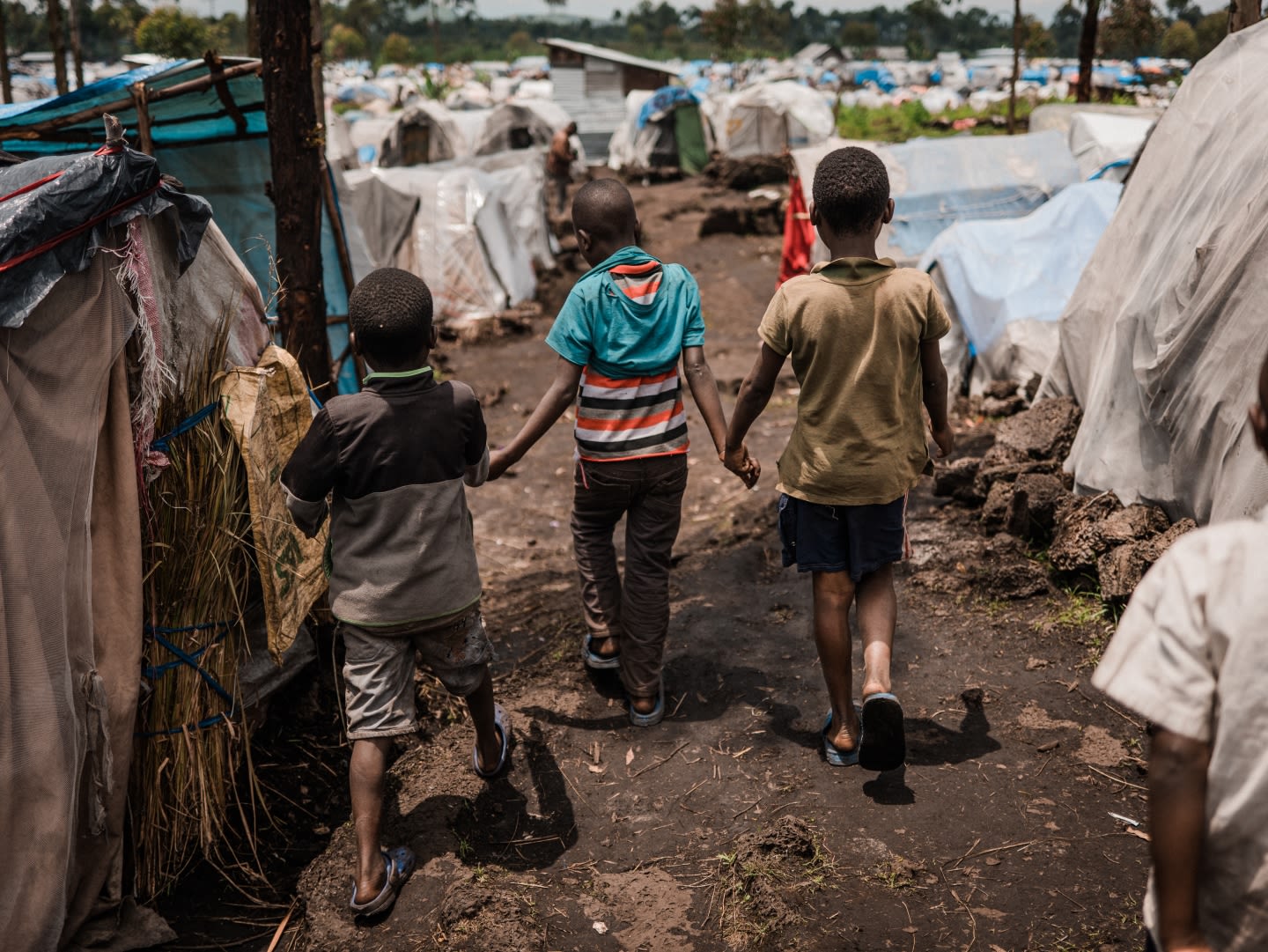
Right now, the Democratic Republic of the Congo (DRC) is in serious crisis - but the world isn't taking notice.
Children’s lives are being turned upside down as they leave behind their homes and schools. They face violence, hunger and disease every day.
Families have lost their livelihoods and children no longer have access to medical care or education.
Drone footage of displacement camps in DRC. Video: Hugh Kinsella Cunningham /Save the Children.
Drone footage of displacement camps in DRC. Video: Hugh Kinsella Cunningham /Save the Children.
Since March 2022, terrifying conflict in the DRC has killed thousands and caused massive amounts of people to flee their homes. Families are now sheltering wherever they can, in buildings like churches and schools or in large camps.
For the lucky ones who escaped with their lives, they couldn’t take belongings or essential items.
Livelihoods had to be left behind, and children like Mbokani* were forced to leave their schools – cutting short their education.
Mbokani*
Mbokani*, 7, was in class when the violence started.
When the war started, we were at school. The school officials asked us to go home. We fled with my mother. We were taken out of school so that we would not be separated from our parents. I had abandoned my school supplies in class.

Mbokani*, 7, watches his mother cook in their tent. Photo: Hugh Kinsella Cunningham /Save the Children.
Mbokani*, 7, watches his mother cook in their tent. Photo: Hugh Kinsella Cunningham /Save the Children.
I have lost many friends. Some have died. I want the war to end, so that we can go home.
Mbokani* fled with his mother, Mwahami*. Families like theirs fled to makeshift camps built for displaced people. But, the camps were built so quickly that essential facilities such as water points or latrines weren’t in place. In crowded conditions and without adequate facilities, diseases would spread through the camps.
Mwahami* tells us:
We have no place to sleep. Food is becoming scarce. The things we were most worried about was the lack of clean water, latrines and showers. We were receiving food aid, but we couldn't wash our hands, we were drawing water from Lake Kivu. The children were starting to get sick.
We all relieved ourselves in the bush, near the houses. It was dangerous to go into the bush to relieve oneself. As it was not far from the houses, the children started to get sick with diarrhoea. There were also deaths. Save the Children has helped us a lot. They have built latrines, they bring us water. Because even if you have food, without water it's difficult.

Families collect water from Save the Children water points. Photo: Hugh Kinsella Cunningham /Save the Children.
Families collect water from Save the Children water points. Photo: Hugh Kinsella Cunningham /Save the Children.
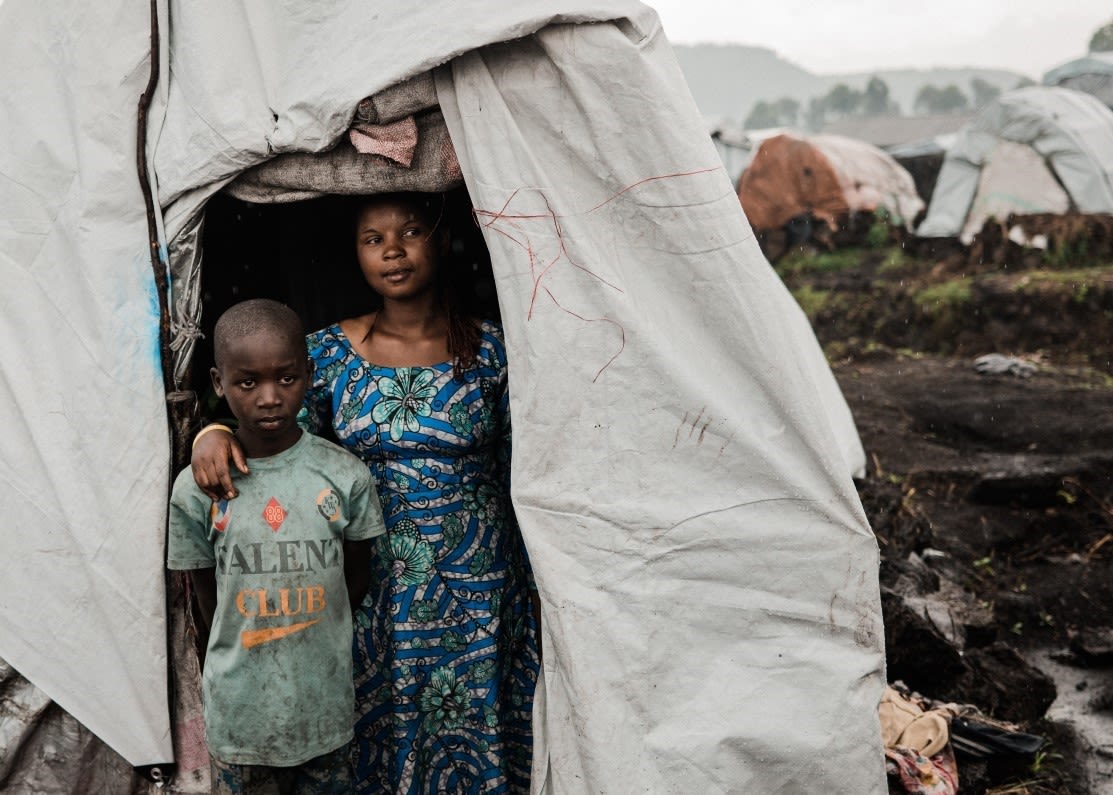
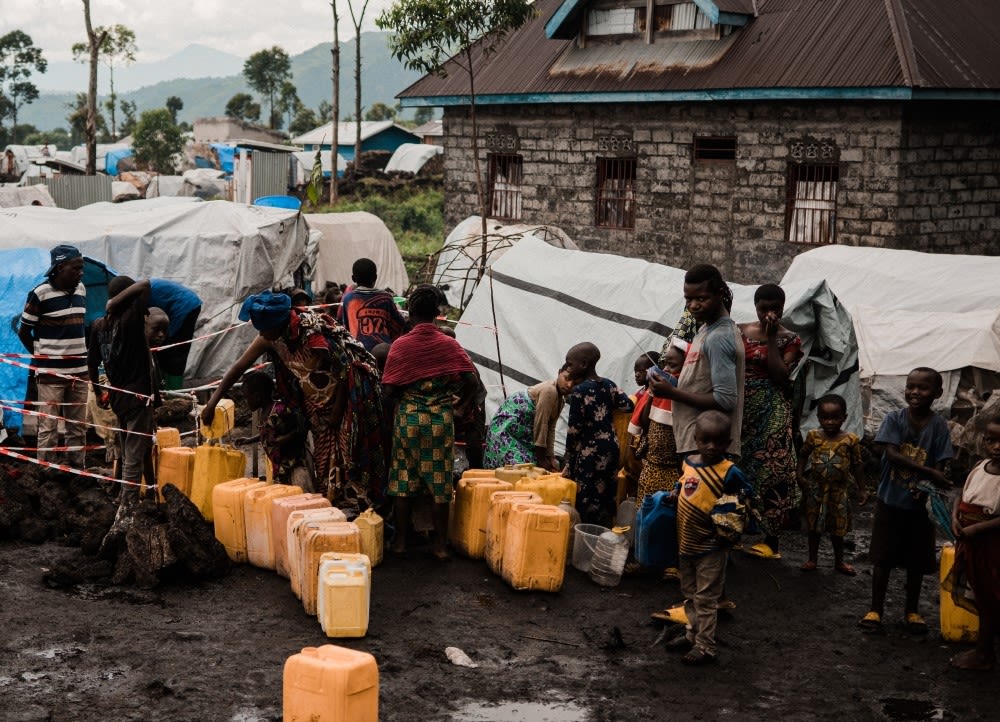
For some children, fleeing home brought more danger.
Children are particularly vulnerable when violence breaks out. Children can become separated from their family in the chaos, abducted or recruited into fighting groups.
Children like Junior*.
Junior*
Twice, I went into battle against other armed groups. I couldn’t handle this violence and these atrocities. Luckily for me, I made it out alive.”
Junior*, now 17, experienced a difficult childhood. At the age of 12, he was separated from his parents. Then in 2018, friends encouraged Junior* to join an armed group to defend his community, but things didn’t turn out how he planned. He was taught how to use a firearm and faced the violence of conflict first-hand.
After eight months, Junior* was freed from the armed group by a project implemented by a Save the Children partner organisation.
Junior* hopes that all children trapped in armed groups will be freed. He believes that all children have the right to reclaim their childhood.

Junior*, 17, spent eight months as a child soldier in an armed group in Eastern DRC in 2018. Photo: Save the Children / Hugh Kinsella Cunningham.
Junior*, 17, spent eight months as a child soldier in an armed group in Eastern DRC in 2018. Photo: Save the Children / Hugh Kinsella Cunningham.
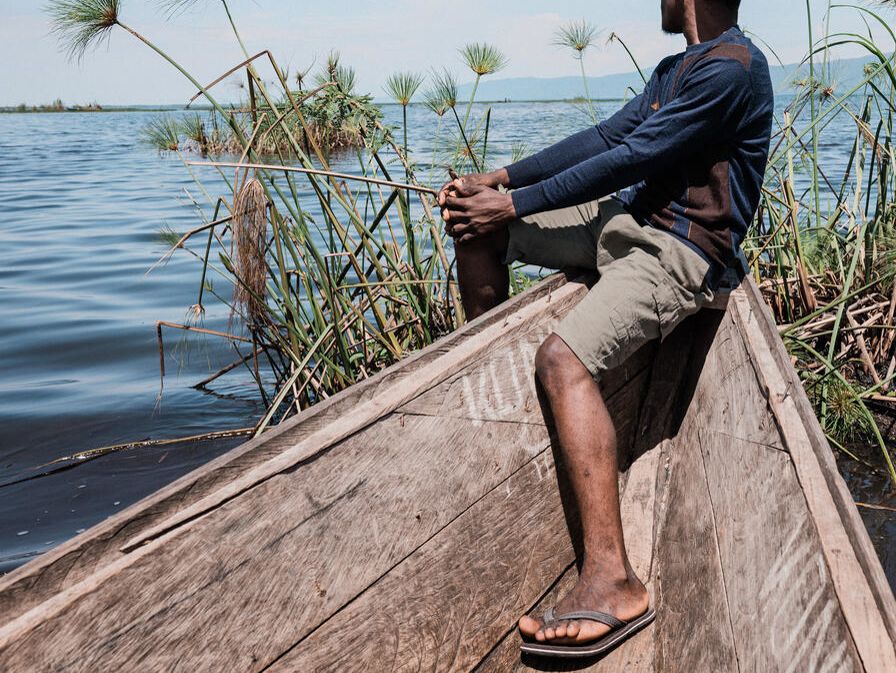
Even before the recent fighting, malnutrition levels in the country were already high, but now families are living day to day, having no idea where their next meal might be coming from.
Over 26 million people, including 14.5 million children, are in urgent need of food aid. This includes children like 1-year-old Anthoo*.
His older sister Marie*, 10, was worried until their aunt took him to a Save the Children treatment centre.
Marie* and Antho*
My little brother had started to suffer and lose weight from the disease of malnutrition. We give him porridge (Plumpy Nut)]. I don't know his age, but he was [born] after me.

Marie*, 10, holds a package of Plumpy Nut, which is a peanut-based paste used in the treatment of severe acute malnutrition in children. Photo: Hannah Mornement / Save the Children.
Marie*, 10, holds a package of Plumpy Nut, which is a peanut-based paste used in the treatment of severe acute malnutrition in children. Photo: Hannah Mornement / Save the Children.
Antho* is regaining weight and recovering, helped by the treatment centre and his big sister Marie*.

A village in Kasai, DRC where Save the Children has set up a health centre to treat children with malnutrition in the local community. Photo: Hannah Mornement / Save the Children.
A village in Kasai, DRC where Save the Children has set up a health centre to treat children with malnutrition in the local community. Photo: Hannah Mornement / Save the Children.
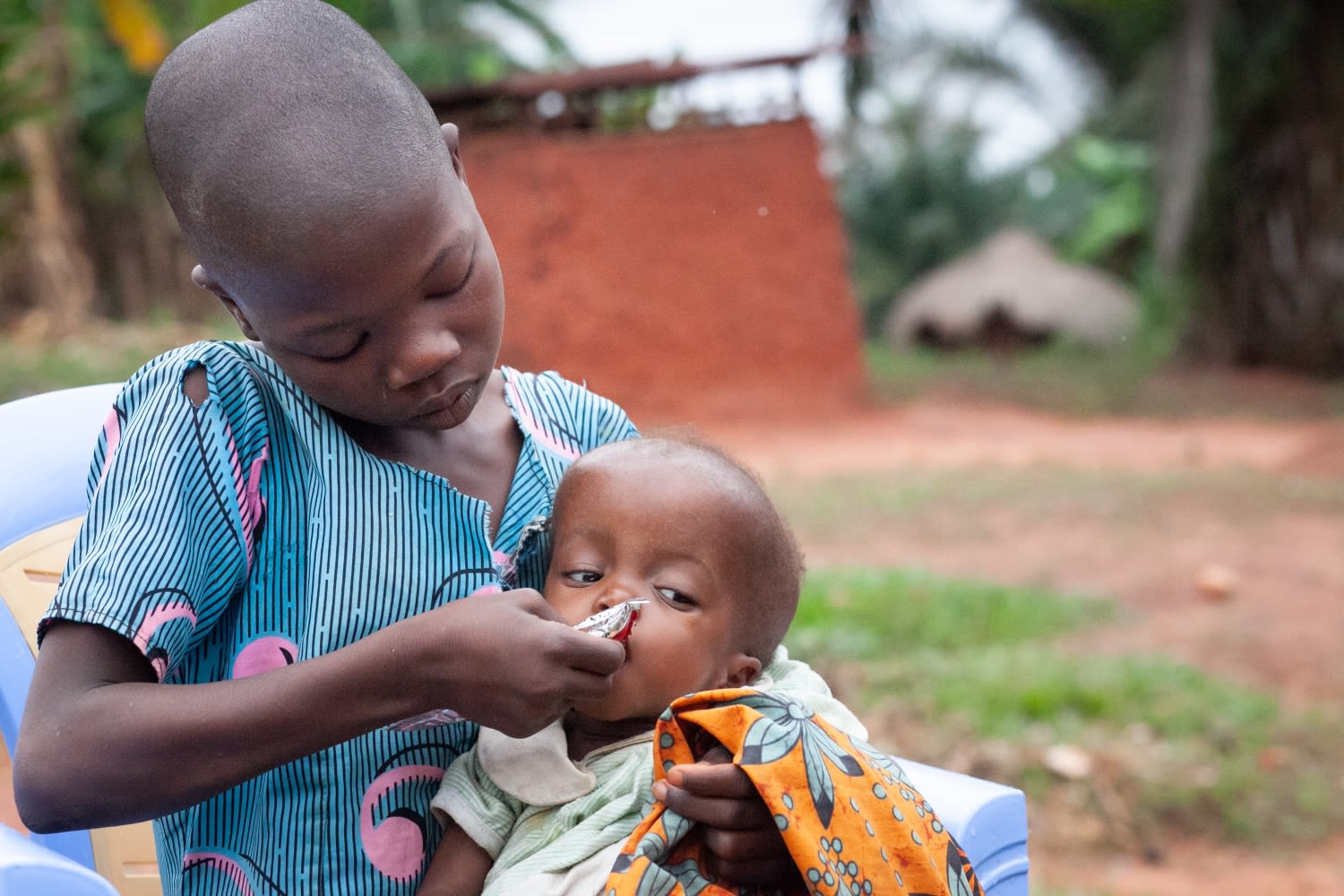
For many children, the escalation of the violence meant they were cut off from another vital place of safety – their school.
In the displacement camps, Child Friendly Spaces are being set up, to give children a space to recover from their experiences and be with their friends.
Liliane*
When the conflict started Liliane* was at school.
I was at school and then I was asked to go home. On my way, I heard the voices of neighbours shouting: the armed men had arrived in our neighbourhood. Then we fled.

Liliane*, 13 and her mother Jeanine*, 35, in their home. Photo: Hugh Kinsella Cunningham /Save the Children.
Liliane*, 13 and her mother Jeanine*, 35, in their home. Photo: Hugh Kinsella Cunningham /Save the Children.
When we arrived here, my mother had contacted my father on the phone and told him that we have fled the village, we must not go back there. I was too scared.
Liliane* often talks with her friends about their stories at the Child Friendly Space.
Often we think about how we escaped the war and we say to ourselves that we can breathe now. We dance. We are so happy that we forget the memories of the war.

Girls dance during an activity at the Child Friendly space. Photo: Hugh Kinsella Cunningham /Save the Children.
Girls dance during an activity at the Child Friendly space. Photo: Hugh Kinsella Cunningham /Save the Children.
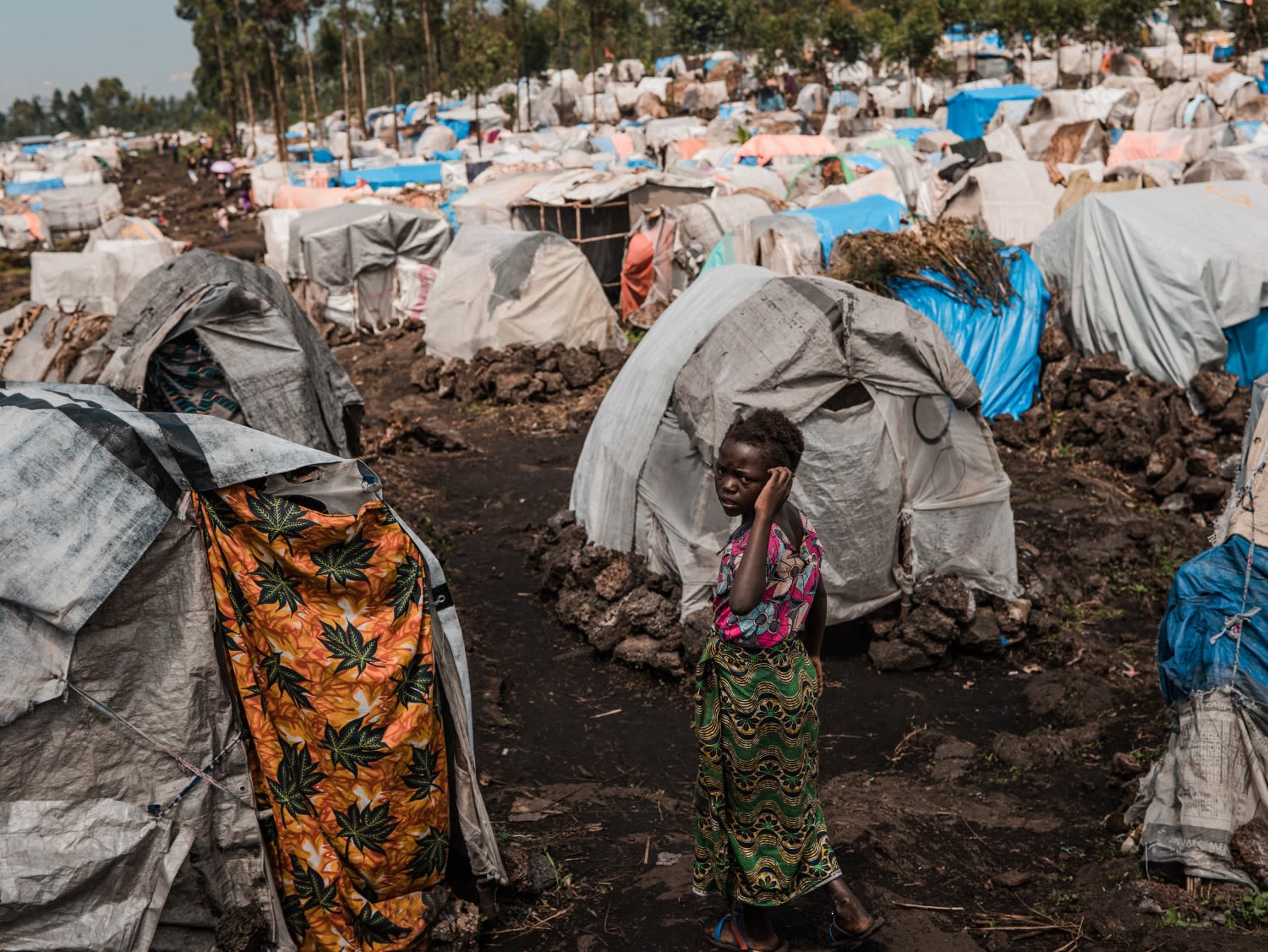





Save the Children constructed Child Friendly Space at a displacement camp in North Kivu. Photo: Hugh Kinsella Cunningham /Save the Children.
Save the Children constructed Child Friendly Space at a displacement camp in North Kivu. Photo: Hugh Kinsella Cunningham /Save the Children.

Save the Children partners run a Child Friendly Space in North Kivu. Photo: Hugh Kinsella Cunningham /Save the Children.
Save the Children partners run a Child Friendly Space in North Kivu. Photo: Hugh Kinsella Cunningham /Save the Children.

Save the Children partners run a Child Friendly Space in North Kivu. Photo: Hugh Kinsella Cunningham /Save the Children.
Save the Children partners run a Child Friendly Space in North Kivu. Photo: Hugh Kinsella Cunningham /Save the Children.

Children dance at a Save the Children constructed Child Friendly Space in North Kivu. Photo: Hugh Kinsella Cunningham /Save the Children.
Children dance at a Save the Children constructed Child Friendly Space in North Kivu. Photo: Hugh Kinsella Cunningham /Save the Children.
What you can do
We need to talk more about the situation in DRC. Here are three small things you can do today to help children:
- Spread awareness! Tell people about what’s happening to children and their families in DRC.
- Share this story with your friends and family using the social share buttons in the navigation.
- Donate to Save the Children to help children in the Democratic Republic of the Congo and across the world.
The message I want to send is to ask people of good will to help us because we don't have latrines, we don't have food, but also the water is insufficient. We ask all the people and organizations to help us because we are suffering.
